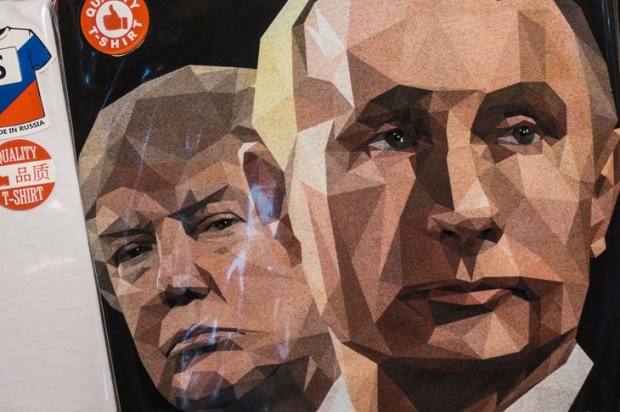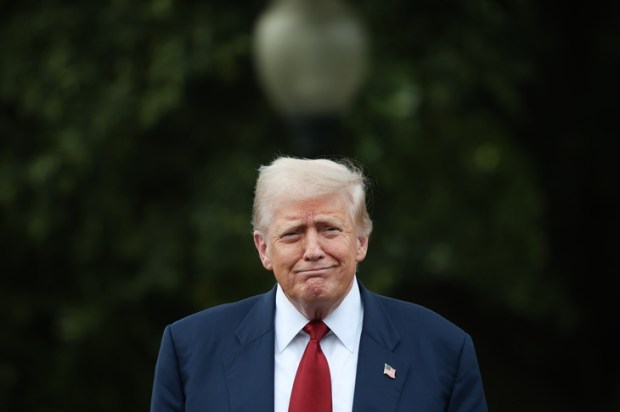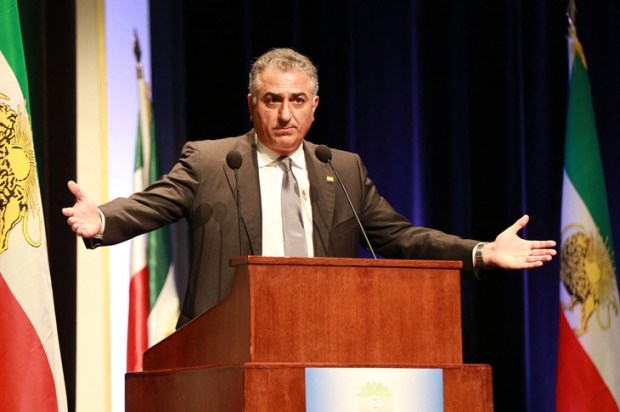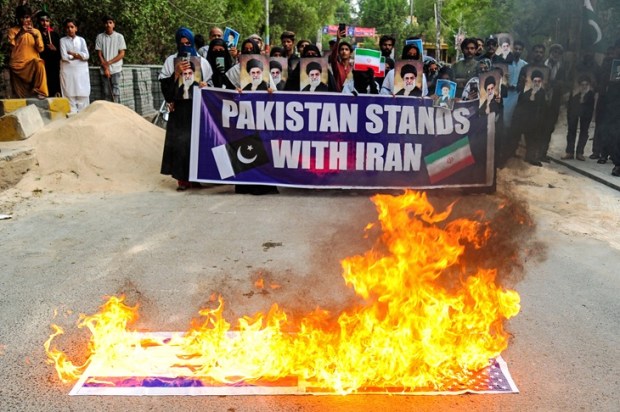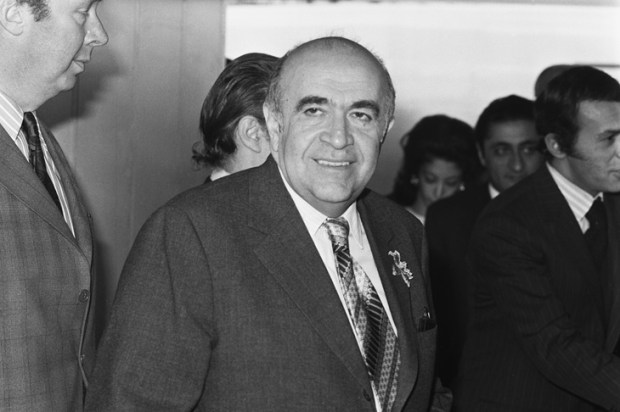On August 8, 2025, Armenia and Azerbaijan signed a historic peace agreement brokered by US President Donald Trump. At the heart of this deal lies the Trump Route for International Peace and Prosperity – TRIPP – a newly established strategic transport corridor running through Armenia. This route, which runs parallel to the Zangezur Corridor and along the so-called Davoud Corridor, is set to transform the economic and geopolitical map of the South Caucasus.
While much of the attention has focused on Washington’s symbolic diplomatic victory, the economic and political consequences for the region, especially for the Islamic Republic regime in Iran and Russia are far more profound.
For decades, the Islamic Republic regime has benefited from its geographical position as a key transit route between Asia and Europe. But the Trump Corridor offers a shorter, US-backed alternative that bypasses the regime’s territory entirely. This will inevitably divert part of the goods, trade, and logistics revenue away from the regime’s control.
The creation of a transit hub in Armenia will intensify competition over transportation routes, forcing the Islamic Republic regime either to modernise its infrastructure or accept a decline in influence. If the Trump Corridor is eventually linked to energy transfer projects, it could further weaken the regime’s role in regional energy transit limiting one of the few remaining strategic levers of this terrorist regime in Iran.
For Washington, the Trump Corridor establishes a tangible economic foothold in a region previously dominated by Moscow and, to some extent, by the Islamic Republic regime. This is not just a trade route, it is an infrastructure-based sphere of influence. Control over, or even influence on, such a vital corridor gives the US the ability, in times of crisis, to slow or redirect trade a capability that could be used directly against the regime in Tehran.
For decades, Russia has been the primary power in the South Caucasus, with most secure trade routes in the region either crossing its territory or under its influence. The Trump Corridor changes that equation.
Strategic exclusion: the corridor was created without Moscow’s involvement, effectively removing Russia from a vital trade and transit link. This project offers Armenia and Azerbaijan a West-backed alternative, reducing dependence on Russia-controlled routes. For the Islamic Republic regime, which has often coordinated regional transit and energy projects with Moscow, this means not only losing part of its market but also seeing a key geopolitical ally in the regional transport game significantly weakened.
The Trump Corridor is not merely a transport project, it is a redesign of the South Caucasus trade map, with the United States at the center of control. For the Islamic Republic regime and Russia, it represents a dual challenge: the loss of economic leverage and increasing geopolitical encirclement in a region where they once held dominance.
By Leila Naseri: Author | Composer | Social Monarchy Activist


